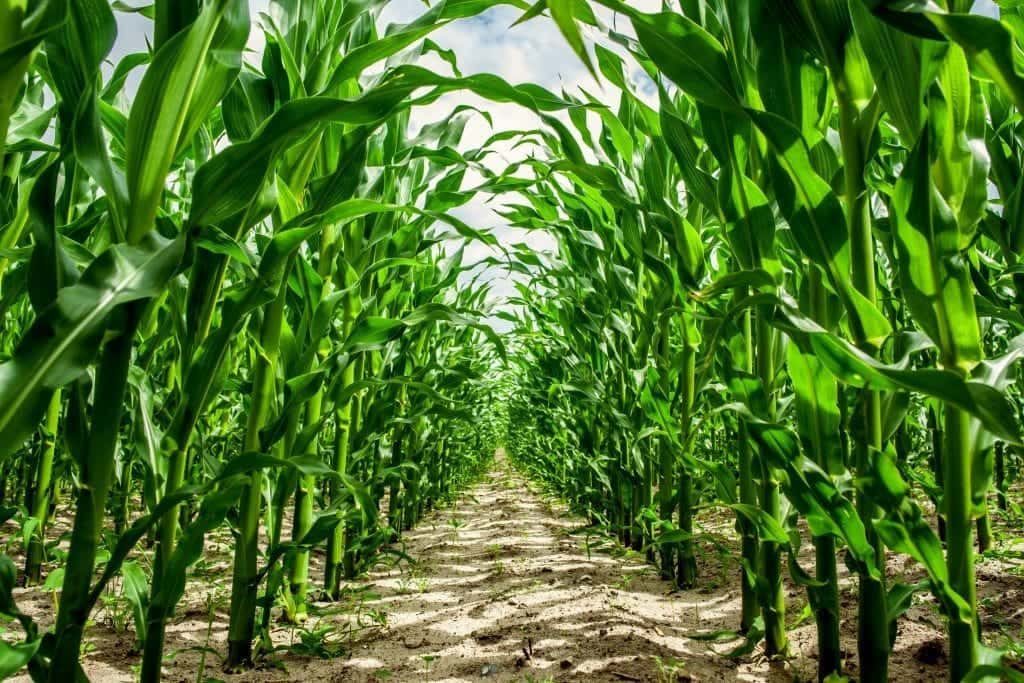Agriculture is the backbone of every civilization. In America, agriculture drive economic growth. About 19 million people are employed by the industry that generates $2 trillion in annual revenue. Agriculture also benefits more than 2.6 million businesses annually, thanks to the $130 billion it rakes in profit.
Getting into agriculture by buying a farm is not a bad idea. Buying land through mortgage listings or agreeing to a 1031 tax deferred exchange with a farmer directly selling their land is a good start. Before you do so, learn about the main modes of agriculture practiced in the U.S.
Subsistence Agriculture
All farms in history began as an effort to grow crops to subsist on; hence, the name. Subsistence farming is where the classic image of a farming family came from, including the 1930 Grant Wood painting “American Gothic.”
Families who own the land manage agricultural production at this stage. Preindustrial revolution, this was how people in rural areas ate and made a living. Prior to the development of various agricultural techniques, people moved land to land once the soil has been exhausted.
Small-scale farms still exist in America today. Family-owned, strictly subsistence farms are common, and so are familial farms that boast acres of land, more than 300 individual livestock, and significant annual revenue.
Industrial Farming
The industrialization of agriculture allowed the industry to reach $2 trillion in annual revenue. Subsistence agriculture became industrialized, thanks to specialization, mechanization, chemical and synthetic pesticides, consolidation, and market concentration.
From a nation that subsisted of large subsistence farms, America’s diversified farms began to specialize by the 1900s. Livestock rearing was often separated from crop production, down to the type of animals each farm raised. People invented machines that can perform routine, repetitive tasks on a greater scale and a shorter time.
Now that you know about these two farming types, learn about the various uses for agricultural land.
Crop Cultivation
The raising of all types of fruits and vegetables fall under crop cultivation. Croplands are concerned with growing healthy produce for wholesale or retail. Open fields and greenhouses are used to cultivate these crops. Grain and fibers, ornamental and nursery plants, and flowers are also cultivated on croplands.
Animal Raising

Cows, chicken, llamas, sheep, and other livestock used for meat, dairy, and their fleece are raised on these lands. Ranchland hosts animal husbandry activities, allowing animals to range on the pasture and the farmers to harvest goods from animals.
Groves, Orchards, and Vineyards
Valleys in California, Italy, and Australia all boast acres of farmland dedicated to the breeding and growing rows upon rows of fine grapes and nut crops. Part of these lands are used for greenhouses and tree nurseries that tend to delicate crops and seedlings that will be planted in open fields.
Agricultural Support Services
This category covers every service related to supporting the farming community. Veterinary services are available here along with animal waste processing for fertilizers, feedlots, packaging, and supply of farm products, feeds, and hay. Chemicals and machinery used for croplands are also available here.
New agricultural investors would do well to research what type of farm they want to create. A farm, like any other investment, requires full-time attention to succeed beyond the first few months. A thorough knowledge base prevents a farm from falling through and protects both investors and the people who will come to work on the farm.



